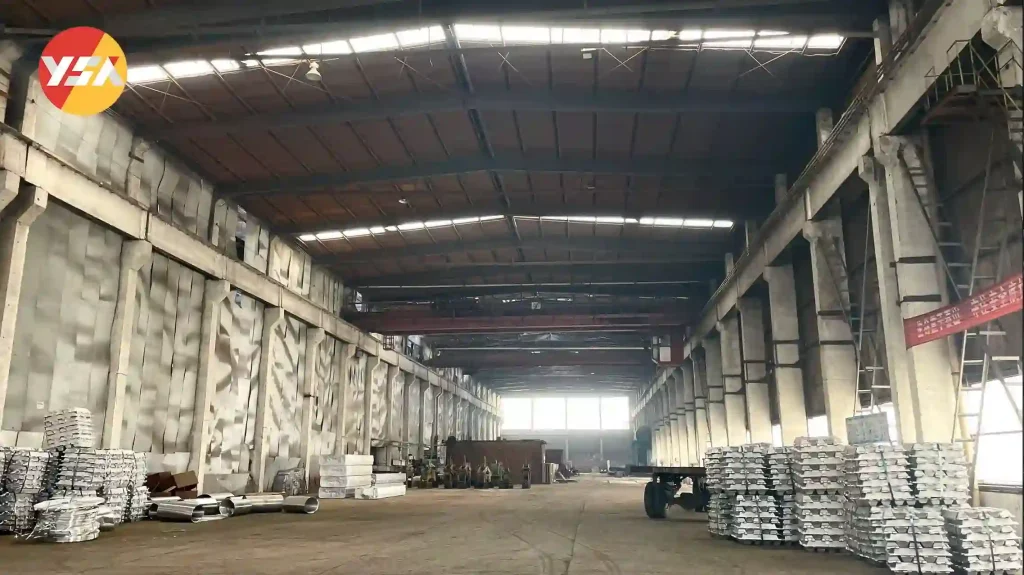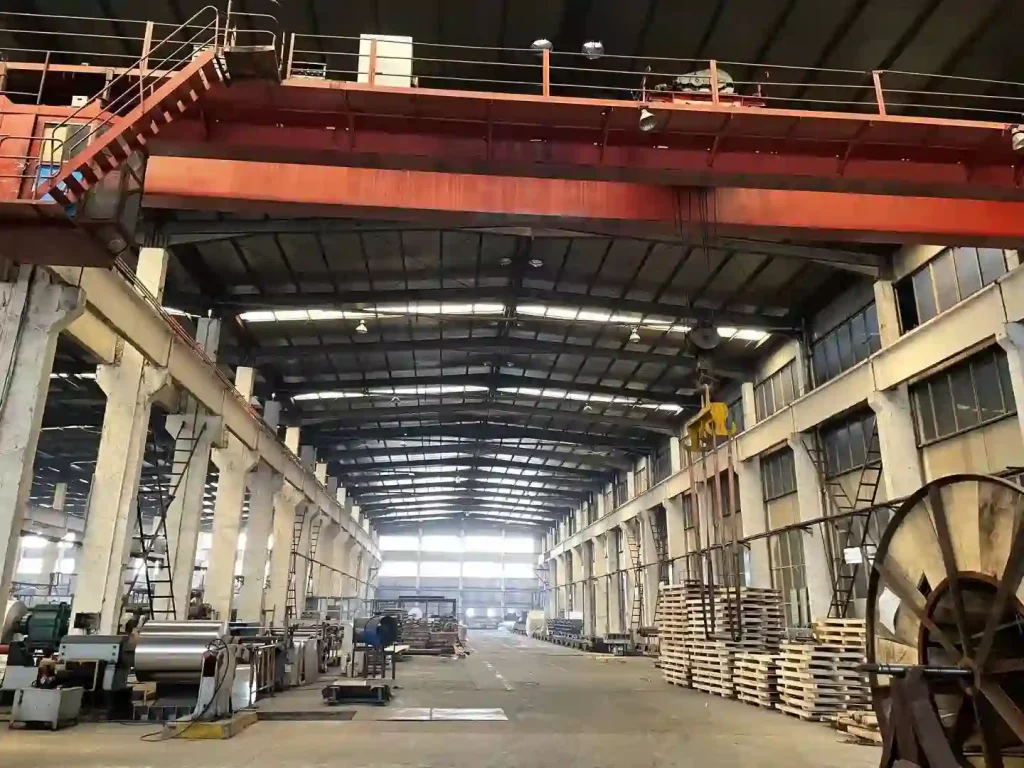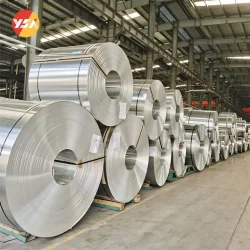Cold rolled aluminum and hot rolled aluminum are two different manufacturing processes used to produce aluminum sheets or aluminum coils with distinct properties and characteristics.
Understanding CC (Cold Rolled) Processing
Casting, also known as ingotless rolling, is a forming method that combines the processes of casting and rolling. Casting is a modern technique where molten metal is directly poured into semi-finished or finished products. The unique aspect of this process is the use of two rotating casting rolls with a water cooling system as the crystallizer. The molten metal is solidified and hot rolled between these rolls, completing the process within a short time frame of 2 to 3 seconds. Casting and rolling emerged as a new technology in the 1970s. Its advantage lies in the direct crystallization, casting, and rolling of molten metal using the rotary mold, enabling the direct production of metal products.

Understanding DC (Hot Rolled) Processing
Hot rolled is the opposite of cold rolled, as cold rolled involves the process of rolling below the recrystallization temperature, whereas hot rolled involves rolling above the recrystallization temperature. Cold rolled rolled takes place at temperatures below the point of recrystallization, while hot rolling occurs at temperatures above the recrystallization temperature.

Processing Differences of Hot Rolled and Cold Rolled
Hot Rolled: Aluminum ingots – melted and cast into slabs – milling – homogenized annealed – hot rolled into coils
Cold Rolled: Aluminum ingots – melted – rolled into coils in casting mills
In contrast, cold-rolled aluminum coils have higher production efficiency, but defects such as component segregation and inclusions are not easy to solve, and the quality is not as good as hot-rolled aluminum coils.
Other Differences
Price: Cold rolled aluminum plate process is simple, the price is cheaper than hot rolled aluminum plate;
Different performance: Hot rolled aluminum surface quality, mechanical properties and ductility, oxidation effect is good;
Different uses: Cast rolled aluminum is used for molds, hot rolled aluminum is suitable for stamping and stretching;
The difference between the finished product: Usually the elongation of the cold rolled end product is lower than the elongation of the hot rolled end product.
Production Processes Difference: The production processes of casting and rolling involve the cold rolling of cast-bonded coils with a thickness of 8mm, while hot rolling involves the heating and rolling of aluminum ingots with a thickness of 400-500mm using hot rolling mills at elevated temperatures.

How to Distinguish between Hot Rolled and Cold Rolled?
If the product is cold-rolled or hot-rolled, usually the surface of the hot-rolled product is brighter.
Electron microscope analysis does not come out, the crystal image can see the difference.
Visual inspection can be roughly make a judgment, the simple way is to test the elongation.
Advantages of Hot Rolling and Cold Rolling
Hot Rolled: During the process of significant plastic deformation, the internal structure undergoes various transformations, including recrystallization. This breaks down the coarse grains present in the casting state, heals microcracks, and enhances the uniformity of the billet’s internal structure. It also improves the size and shape of the grains and reduces concentration of casting defects such as point defects and line defects. These improvements greatly enhance the performance of the metal in terms of processing technology. In particular, when it comes to deep-drawing performance, hot-rolled materials possess unparalleled advantages over cast materials.
Cold Rolled: The internal structure of cast and rolled plates exhibits a semi-cast structure with stronger crystal orientation. Compared to hot rolling, casting rolling offers advantages such as lower investment costs, reduced overall expenses, and higher efficiency.

How to Choose Hot Rolled and Cold Rolled?
The equipment required for the cold rolled process is relatively simple, so the cost is low and the efficiency is high. However, it may lead to uneven thickness of the aluminum coil. If the quality requirements for the aluminum coil are not high, the cold rolling process can be chosen, which is also the choice of most customers.

